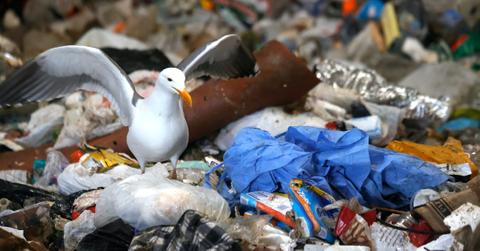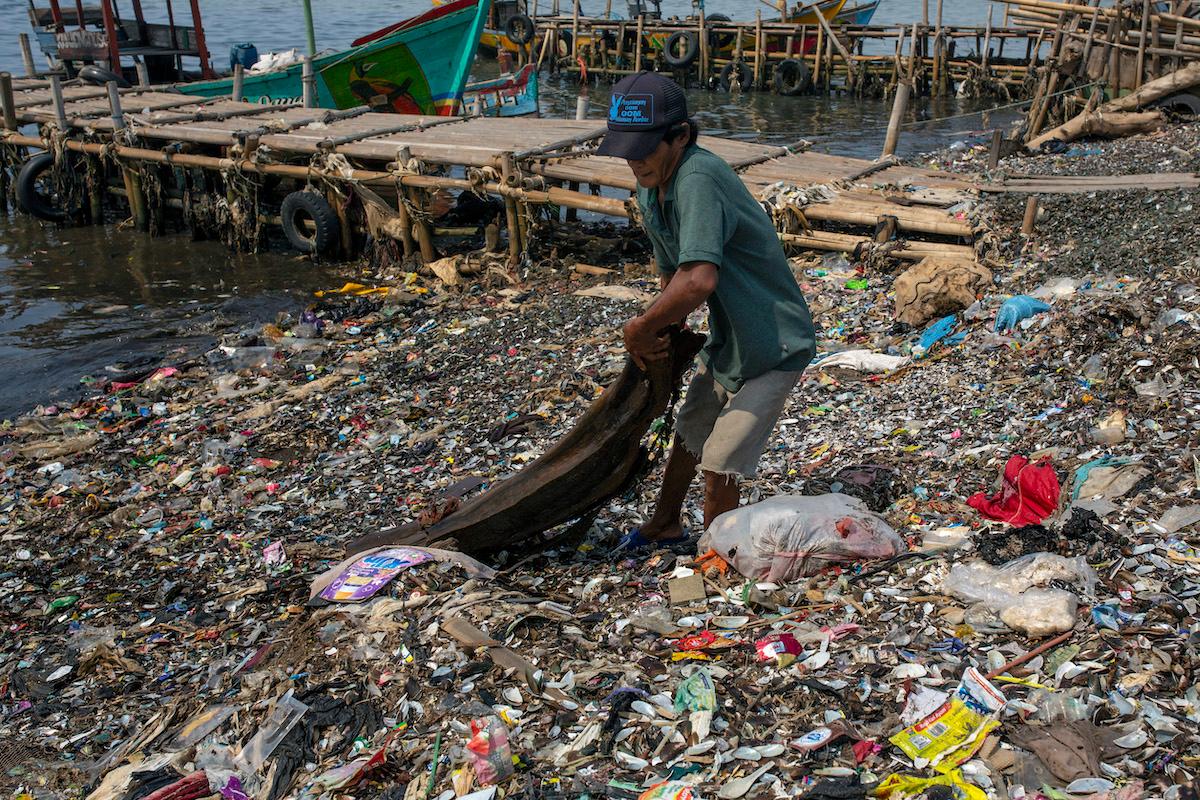Scientists Successfully Use Bacteria to Extract Microplastics From Water
Published April 28 2021, 11:21 a.m. ET

Plastics that wind up in landfills and the ocean never truly disappear — at least, they won’t in our lifetime. Instead, they break down into microplastics, which are tiny pieces of plastic 5 millimeters in length or smaller. Microplastics may sound harmless, but they are serious pollutants that can hurt the environment, animals, and even humans. So what can we do about microplastics?
Scientists have just discovered a new way to remove microplastics from the environment using bacteria. Keep reading to learn more about this new method, and other ways that we can fight microplastic pollution.

Scientists just discovered how to use bacteria to remove microplastics from the environment.
In April 2021, microbiologists from Hong Kong Polytechnic University (aka PolyU) shared the results of a new study at the annual Microbiology Society conference, as reported by The Guardian.
Microorganisms like bacteria naturally band together to form a sticky buildup called “biofilm,” such as pond scum or dental plaque. As the newspaper explains, the PolyU scientists conducted their experiment by using a bacteria called Pseudomonas aeruginosa to create a bacterial biofilm. They then used the biofilm to form sticky microbe nets, which they then placed in microplastic-polluted water in a lab.
The biofilm nets successfully trapped the microplastics, grouped them together, and sunk them to the bottom of the water. The researchers were then able to remove the microplastics, which they say can then be safely recycled.
“It is imperative to develop effective solutions that trap, collect, and even recycle these microplastics to stop the ‘plastification’ of our natural environments,” lead author Sylvia Lang Liu said, as per The Guardian.
Liu's team is not the first to come up with a creative scientific solution to reduce microplastic pollution. In 2019, 18-year-old scientist Fionn Ferreira used a magnetic liquid to remove microplastics from water — and his discovery earned him the Grand Prize at the Google Science Fair.
What can we do about microplastics?
If you are distressed about the ways microplastics are hurting our environment, there are many things we can do to reduce microplastic pollution.
One of the most important things individuals, businesses, and governments can do is reduce their use of single-use plastics, since that is what eventually turns into plastic. When you do have single-use plastic, do your best to reuse it as much as possible, and to recycle or dispose of it properly.
Surprisingly, the most impactful way to reduce your output of single-use plastic is to stop eating fish, since the majority of ocean plastic comes from fishing nets and other fishing paraphernalia.
Another surprising source of microplastic ocean pollution is our laundry — every time we wash synthetic clothing, the fabrics shed plastic microfibers into waterways. To prevent this, wear more clothing made from natural fibers like cotton and linen, and consider investing in a microfiber filter for your washing machine, a Guppyfriend, or a Cora Ball for any loads that do include synthetic fabrics.
You can also take things beyond the individual level and contact your school, your place of work, businesses you shop from, or your local lawmakers, and ask them to consider replacing single-use plastic items with sustainable alternatives, or implementing stricter regulations regarding single-use plastic use, such as plastic bag bans.
To get involved in a hands-on way, you can volunteer at an ocean cleanup, beach cleanup, or river cleanup; for example, you can volunteer with the NOAA Marine Debris Program. Since wind carries litter from beaches, open trash cans, sidewalks, and landfills into bodies of water, even an informal trash cleanup on your daily walk, jog, or hike (aka plogging) can make a difference in preventing microplastics from entering the ocean.